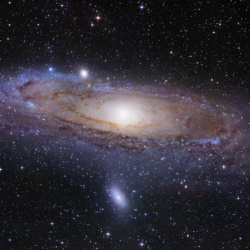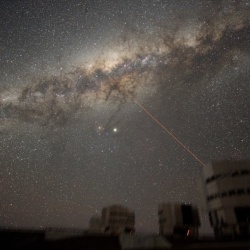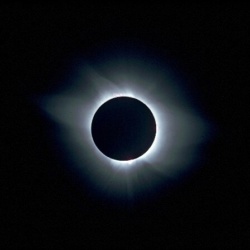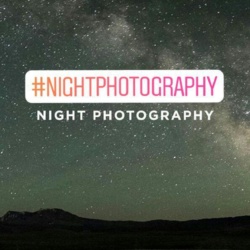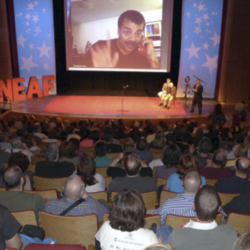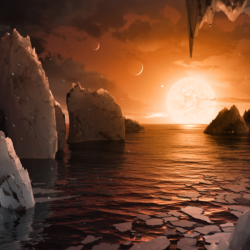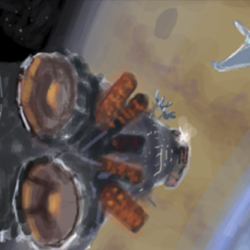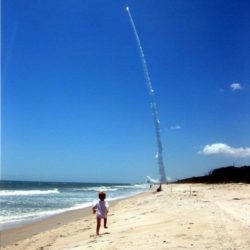Introducing The Astronomy For Change Discussion Board and Community Forum!
With the first topic of discussion posted, Astronomy for Change launches our new Community Forum and Discussion Board. The first topic of discussion is How Successful will TESS be? Jump right in and let us know what you think of NASA’s new mission of discovery and exploration or introduce a topic of your own.




